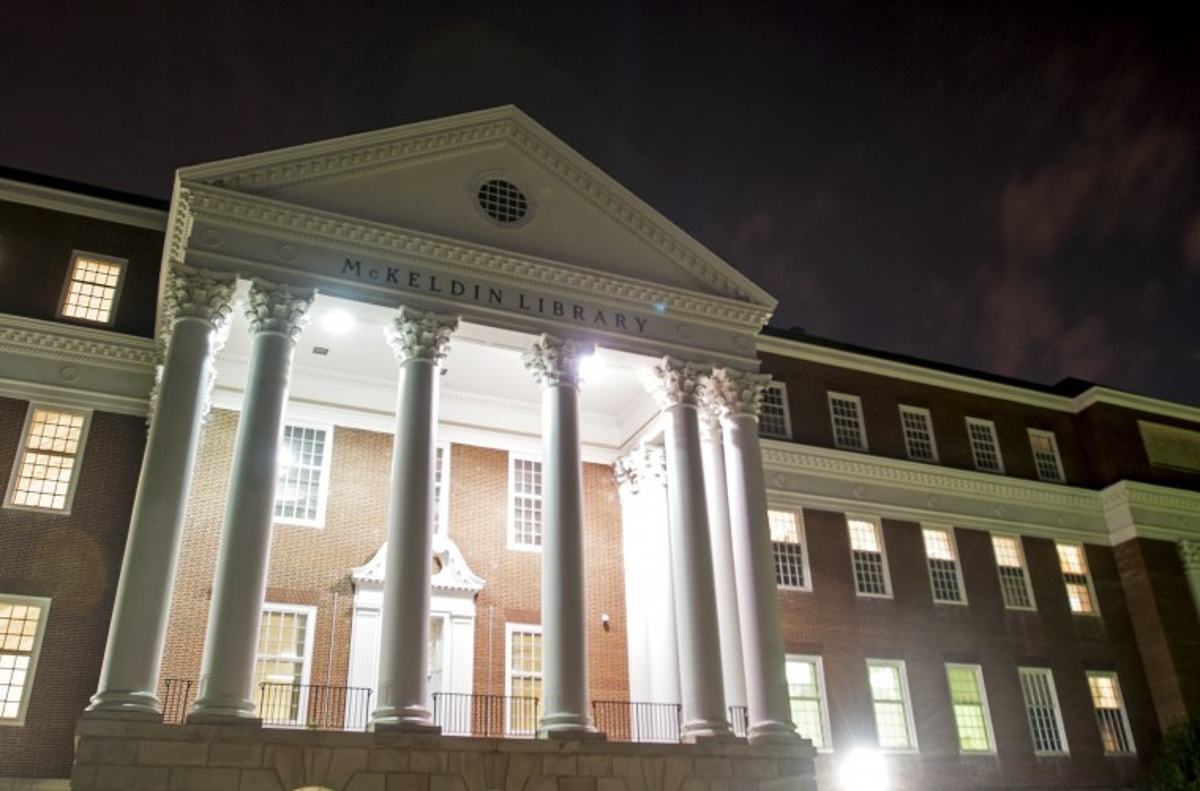On Oct. 1, the Prince George’s County minimum wage increased from $9.55 to $10.75 per hour. In response, The University of Maryland’s administration was silent. It continues to observe the state minimum wage, just $8.75 per hour, for student workers despite many students living in and paying rent in Prince George’s County. Students often live in the exploitative housing market and grocery-free belt that surrounds the campus, which means their cost of living is liable to be even higher than the county average.
The Student Labor Action Project has addressed this minimum wage discrepancy through campaigns over the past three years. In meetings with administrators, our call for the county minimum wage has been summarily rejected. Administration officials have often characterized the cost of the proposal as prohibitive. Our current estimate for matching the county minimum wage, based on figures cited by administrators in those meetings, is $2.5 million per year.
This may sound daunting, especially in an apparently cash-strapped university climate, but this figure is dwarfed by spending on athletics and construction projects. And of course, administrators, much like corporate CEOs, always find room to give themselves raises. In fact, $2.5 million is equivalent to the salaries of just the top five highest-paid employees at this university added together, according to the Diamondback’s 2016 Salary Guide — and these were three head coaches, the athletic director, and university President Wallace Loh.
But deceptive rhetoric is a tried-and-true tactic of our administration. This university advertises its willingness to work around students’ hectic schedules as a benefit of positions on the campus. But when it offers poverty wages for those same positions, wealthier students “just looking for pocket change” reap the benefits while poor students — those who are actually trying to work their way through college — are forced to seek work off the campus. Work off the campus means longer commutes, irregular hours and more stress, all of which certainly affect students’ work in the classroom.
In April, with this in mind, this university’s Student Government Association passed a resolution supporting the county minimum wage for student workers. This university’s Graduate Student Government and the state of Maryland’s American Federation of State, County, and Municipal Employees Council 3 — the public-sector union with membership on this campus — have also publicly supported our proposal. We call on Loh to follow their example and show he is responsive to students’ demonstrated needs by endorsing this measure and forming an exploratory committee to evaluate its viability.
Paying below the county minimum is a regressive policy; the burden falls on the poorest students. Poverty on college campuses is a serious, underreported issue. This university would demonstrate its commitment to its most marginalized students by raising its minimum wage. There may be no legal imperative to do so, but there is a moral one.
Oliver Owens is a senior sociology major and a member of the Student Labor Action Project. He can be reached at oowens1@terpmail.umd.edu.



